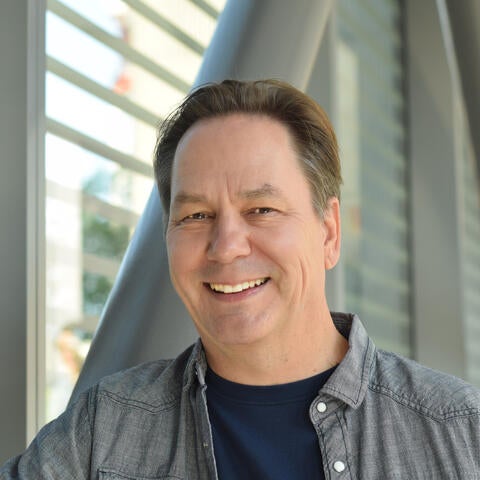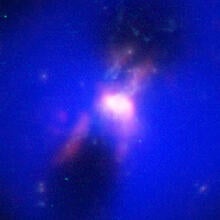The world watched breathlessly as the James Webb Space Telescope (JWST) launched on Christmas morning and travelled 1.5 million kilometers to its earth-trailing orbit. Now, we breathe a sigh of relief as the telescope has begun sending us the first images as it aligns and prepares for research, launching a new chapter in humanity's endeavor to study the universe.
 Brian McNamara, Chair of the Department of Physics and Astronomy and University Research Chair at the University of Waterloo, has been following the development of JWST for almost 3 decades. He is among the lucky astronomers who has been awarded time to use the telescope (see NASA's 286 selected proposals).
Brian McNamara, Chair of the Department of Physics and Astronomy and University Research Chair at the University of Waterloo, has been following the development of JWST for almost 3 decades. He is among the lucky astronomers who has been awarded time to use the telescope (see NASA's 286 selected proposals).
"The James Webb telescope is a phenomenal achievement we all share and can be proud of," says McNamara. "We are entering exciting years of discovery as astronomers use the telescope to study the cosmos from exoplanets to primeval galaxies."
 Credit: ALMA (ESO/NAOJ/NRAO) H.Russell, et al.; NASA/ESA Hubble; NASA/CXC/MIT/ M.McDonald et al.; B. Saxton (NRAO/AUI/NSF)
Credit: ALMA (ESO/NAOJ/NRAO) H.Russell, et al.; NASA/ESA Hubble; NASA/CXC/MIT/ M.McDonald et al.; B. Saxton (NRAO/AUI/NSF)
McNamara's focus will be on an object about 6 billion light years away called Phoenix, a giant galaxy that appears to be forming from its surrounding gas. Alongside Professor Michael McDonald from Massachusetts Institute for Technology and a team of collaborators, McNamara's research will focus on the supermassive black hole at the heart of Phoenix to study how it regulates the galaxy's growth and formation. Currently, galaxy formation is not well understood, but astronomers think that the cooling of extremely hot (100 million degree) plasma, controlled by nearby supermassive black holes, is what creates some new galaxies over billions of years.






